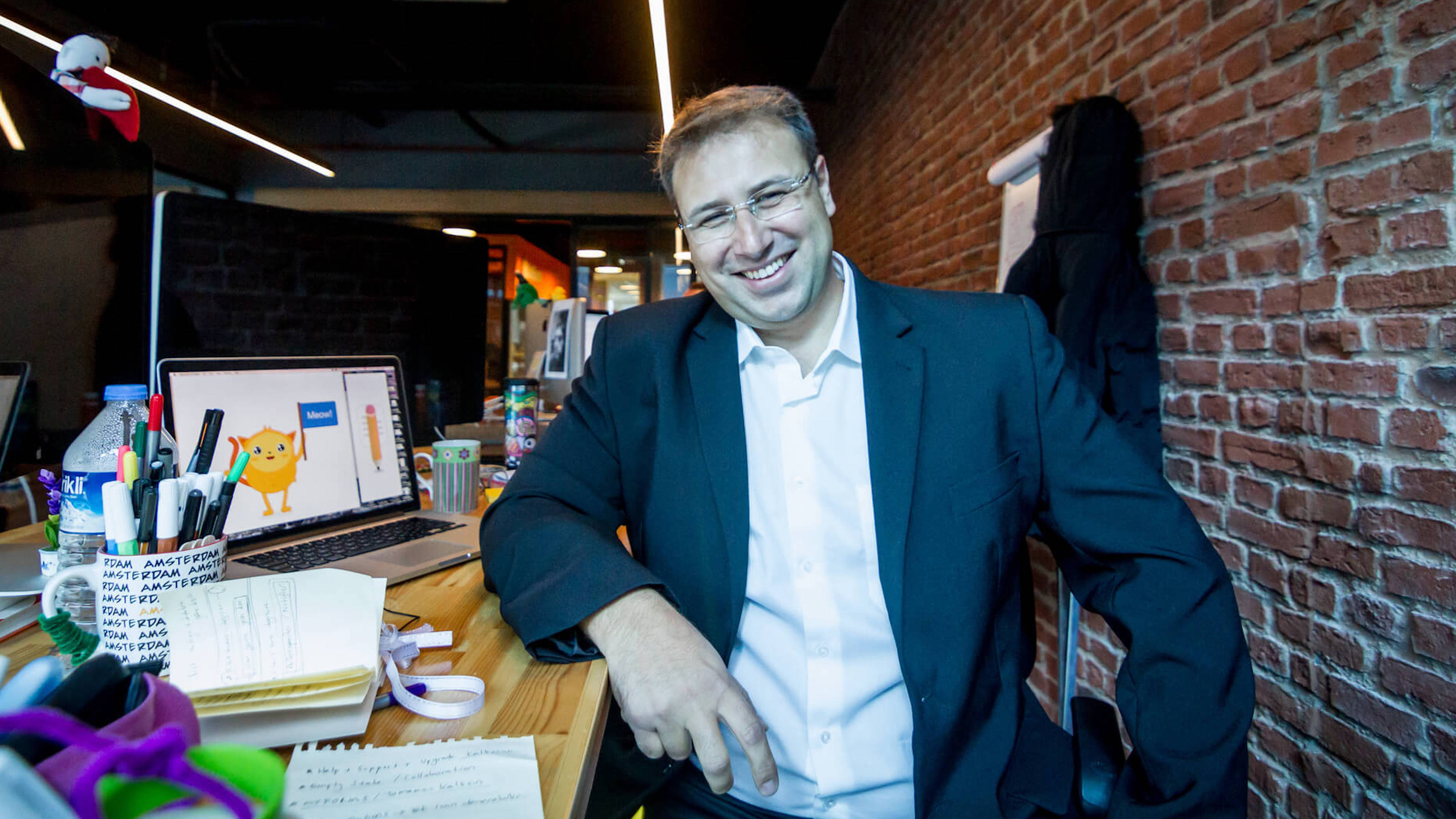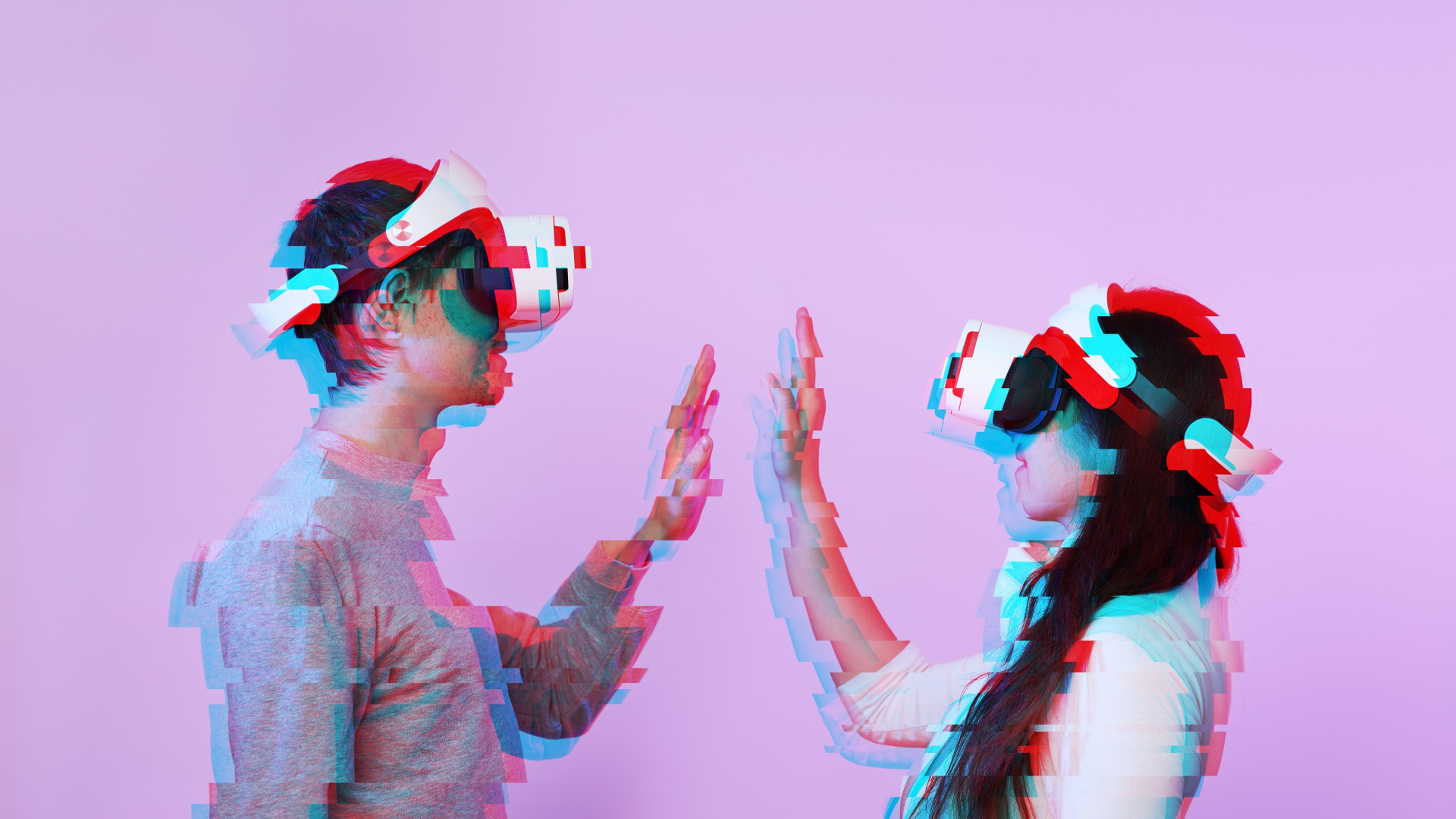New Technology, Old Age & Innovating Aging Services Tomorrow
The convergence of technology and aging continues toreceive prominent attention from researchers in medicine, engineering andgerontology. The UCLA Center on Aging held its third annual Technology & Aging Conference“Science Changing Lives” on October 29, 2010 at the Skirball CulturalCenter in Los Angeles, California. The agenda-setting conference hosted a widerange of researchers, consumers and industry leaders.
I was pleased to give the opening keynote – New Technology,Old Age & Innovating Aging Services Tomorrow. My remarks described thepotential of technology to improve independent living, home healthcare andaging services delivery. Despite the promise of technology, I advised that technology is just a start in introducing real innovation to aging – but exciting opportunities are already near.
For example, information communications technology willenable retailers to connect ‘branded’ health services to older adult consumersand family caregivers alike. What might happen if a strategic service alliance was to occur between a trusted Mayo Clinic or Partners Healthcare and a ubiquitous retail giant such as Target, Walgreens or CVS? These services mayinclude information services, medication compliance, nutrition management andfood delivery, disease management interventions, etc.
Consumer electronics manufacturers, in partnershipwith telecom and utility companies, may develop home services platforms tosupport aging-in-place. Could your Wii or X-Box be a platform for education andengagement as much as it is for entertainment? More than existing personalemergency response systems that put you in contact when in crisis, why notenvision quality communications that connect families and friends for social well-being across counties andcontinents. Skype-like applications to ensure that mom and dad are well, butalso link to other services and rich content, could redefine an adult child’s callfrom a ‘checking-up on you call’ to a meaningful family visit.
Likewise, developments in wearable computing andrapidly developing advances in sensors now make it possible to do more thansimply manage chronic disease and monitor older adult well-being 24/7 from afar, they canalso be powerful tools in motivating healthy behaviors across the lifespan.
But, technology alone is not innovation – technologyoffers the opportunity to do more than improve access to services, usedcorrectly it will transform what is delivered, how, and introduce entirely newchallenges.
For example, the convergence of technology and agingservices will:
Technology will enable older adults to live better. Itwill provide aging services providers with new tools to provide better care anddifferent types of support with greater efficiency. However, while many inresearch, industry and public policy contemplate the promise of technology,greater attention must be given to innovation. That is, translating theseinventions into practical use producing superior outcomes in functionality andoverall quality of life for both older adults and caregivers. Introducing new technologyto old age will require reengineering aging services institutions, education ofthe care professions, business models as well as older consumer expectations. Real innovation requires us to rethink aging, behavior andtechnology together as a system so to realize the real potential of life tomorrow.




